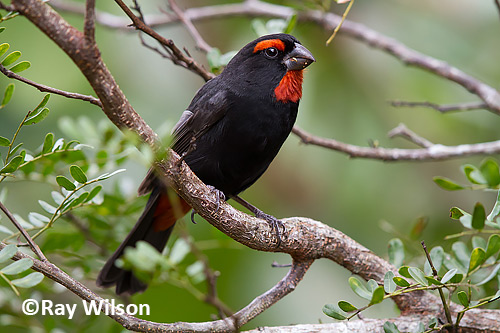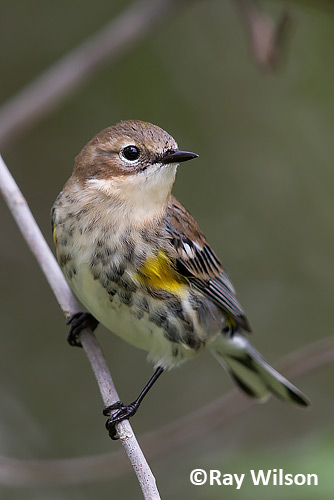
- Home
- Photography Tours
- Diary / Blog
- Galleries
- Foreign Trips
- Tasmania 2016
- NE Queensland 2016
- Western Alps 2016
- NE Spain 2016
- Australia's Wet Tropics 2015
- Australia's Top End 2015
- SW Australia 2015
- Switzerland 2015
- Andalucia 2015
- Belize 2015
- Australia 2014
- Switzerland 2014
- Belize 2014
- Bahama Islands 2014
- Switzerland 2013
- Ecuador 2012-2013
- Florida 2011-2012
- Vancouver Island 2011
- Australia 2010
- Peru 2008
- Bulgaria 2007
- Lesvos 2006
- California 2006
- New Zealand 2005
- Extremadura 2005
- Goa, India 2004
- The Gambia 2003
- About
January 2014
10th-11th January 2014
Grand Bahama, Bahama Islands
Greater Antillean Bullfinch (Loxigilla violacea)
The 10th and 11th were spent continuing to explore Grand Bahama Island and with the weather improving to what is considered more normal Bahamain winter weather (i.e. 25-30C with clear blue skies) the great start to my trip continued with several more of the island specialities posing for my camera. My favourite of the bunch was the Greater Antillean Bullfinch, the male of which is a stunning bird when seen in good light on an open perch.
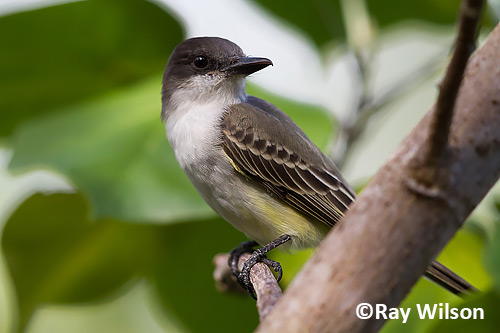
Loggerhead Kingbird (Tyrannus caudifasciatus)
Loggerhead Kingbird is another species which is endemic to the Caribbean, while several other more widespread species, such as Bananaquit and Hairy Woodpecker, have subspecies which are endemic to the Bahamas.
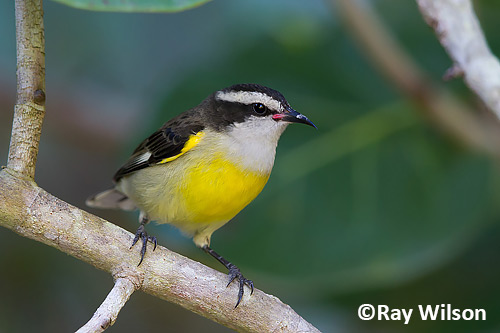
Bananaquit (Coereba flaveola)
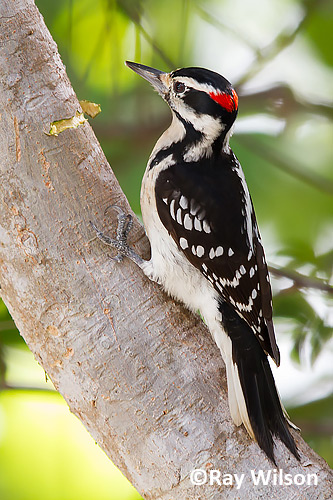
Hairy Woodpecker (Picoides villosus piger) |
Numerous North American wood-warblers spend their winter on the Bahamas, such as the Yellow-rumped Warbler, Yellow-throated Warbler, Prairie Warbler and Common Yellowthroat shown here.
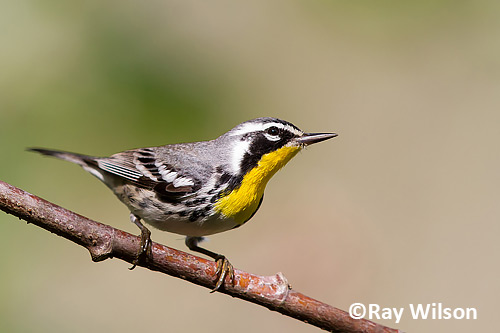
Yellow-throated Warbler (Dendroica dominica)
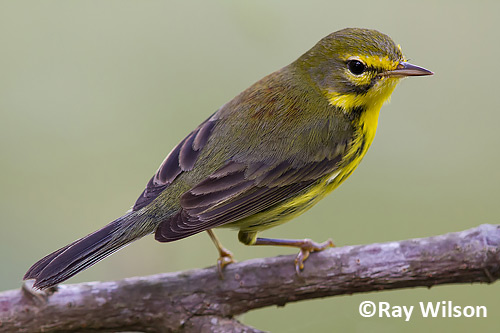
Prairie Warbler (Dendroica discolors)
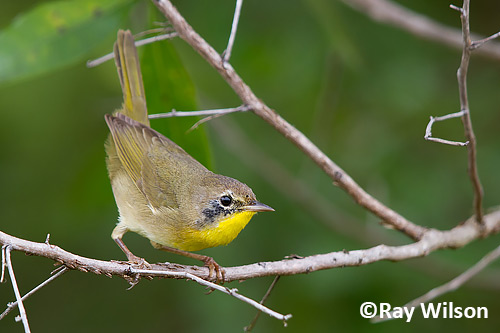
Common Yellowthroat (Geothlypis trichas)
White-eyed Vireo and Blue-grey Gnatcatcher are other winter residents that breed on the North American mainland.
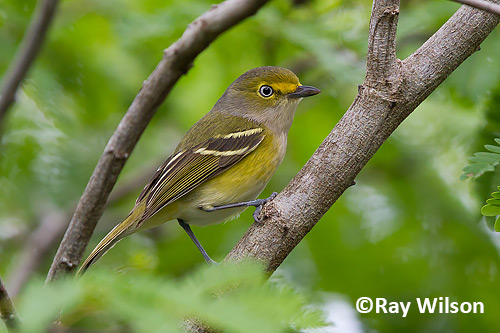
White-eyed Vireo (Vireo griseus)
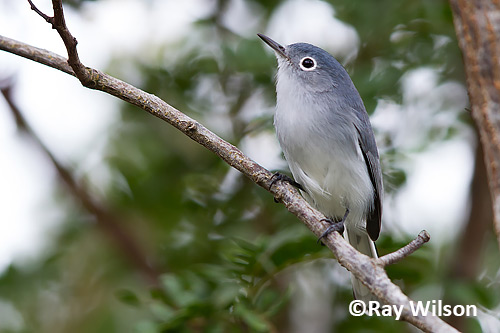
Blue-grey Gnatcatcher (Polioptila caerulea)
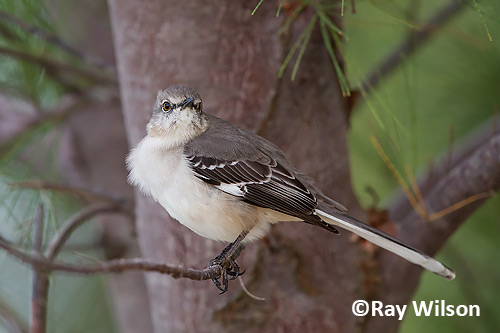
Northern Mockingbird (Mimus polyglottos)
Curly-tailed Lizards are easily recognised by their habit of coiling their tail when at rest, especially when in the horizontal position. They are found only on the Bahamas, Cuba and the Cayman Islands.
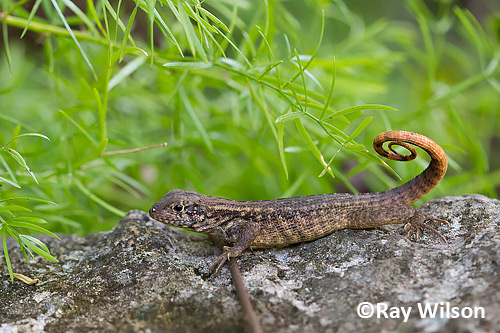
Northern Curly-tailed Lizard (Leiocephalus carinatus)
The large, conspicuous webs of Nephila clavipes are common in wooded areas.
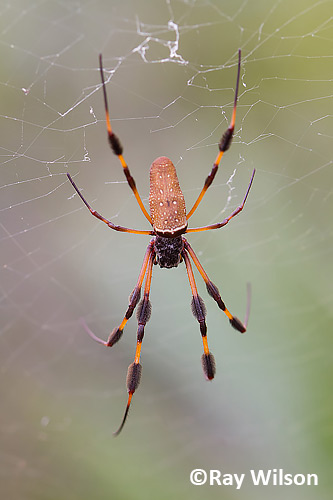
Golden Orb-web Spider (Nephila clavipes)
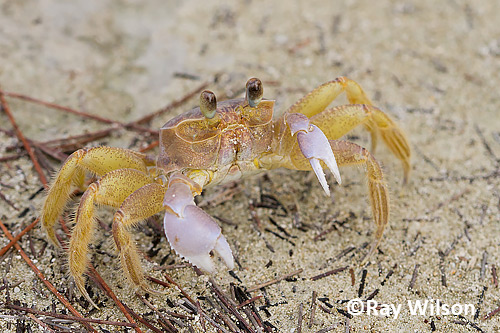
Atlantic Ghost Crab (Ocypode quadrata)
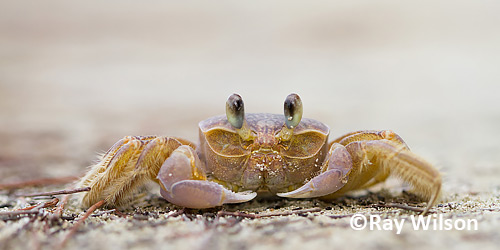
Atlantic Ghost Crab (Ocypode quadrata)
Gliders (often known as Saddlebags) were common in the pinewoods of Grand Bahama. Unfortunately, immature males of Vermillion Glider (Tramea abdominalis) and Antillean Glider (T. insularis) are indistinguishable in the field so it is impossible to definitively identify the dragonfly in the below photo.
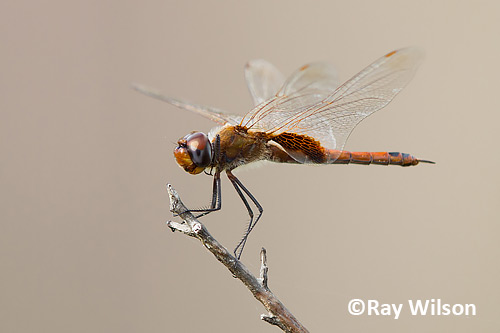
Vermillion Glider / Antillean Glider (Tramea abdominalis / T. insularis)
Ray Wilson owns the copyright of all images on this site.
They may not be used or copied in any form without prior written permission.
raywilsonphotography@googlemail.com
